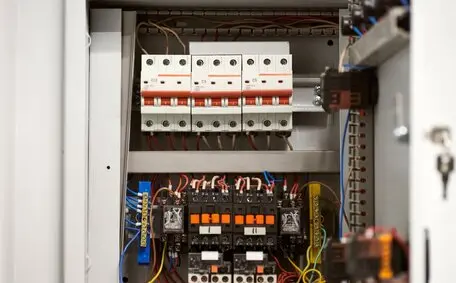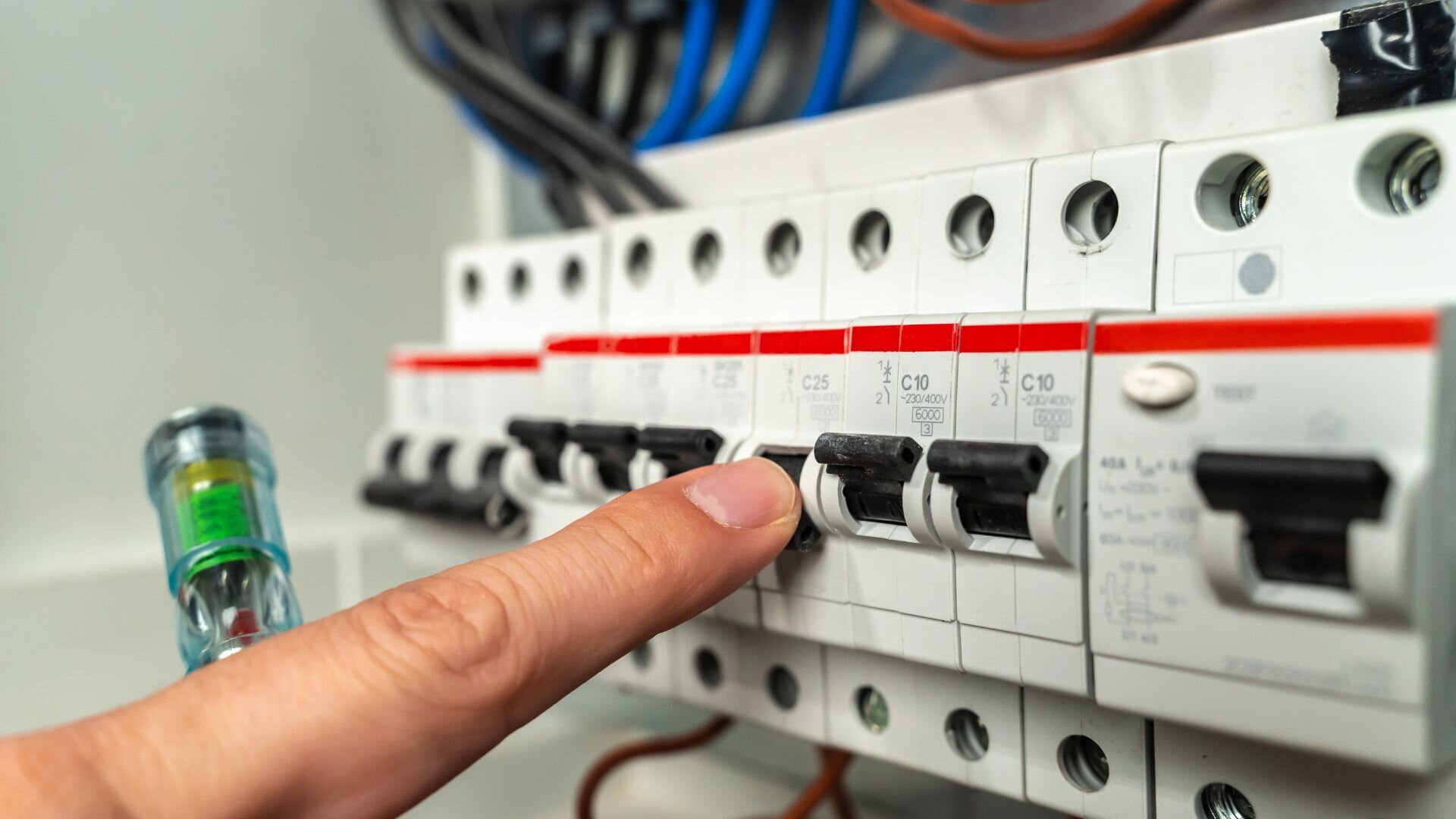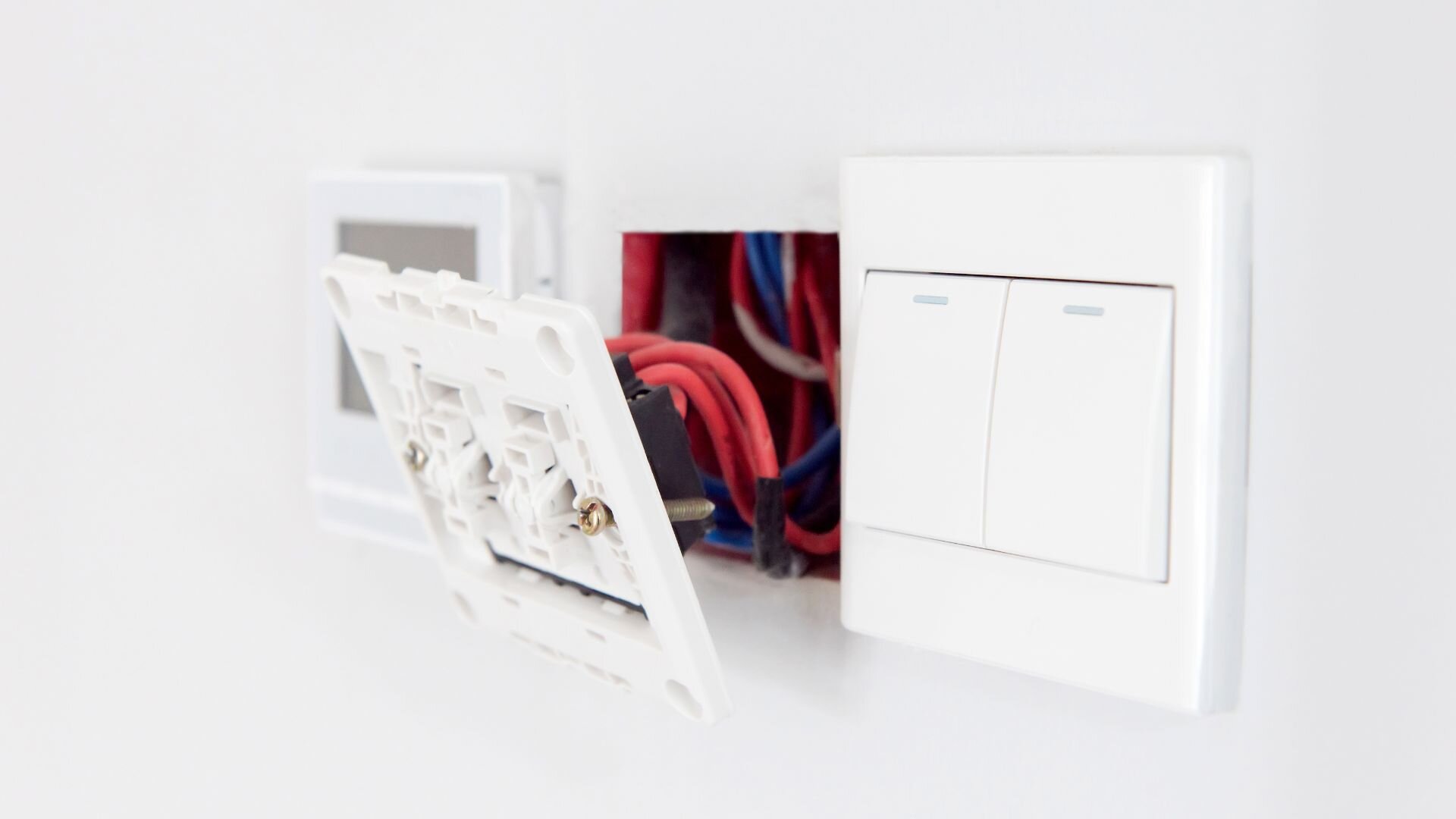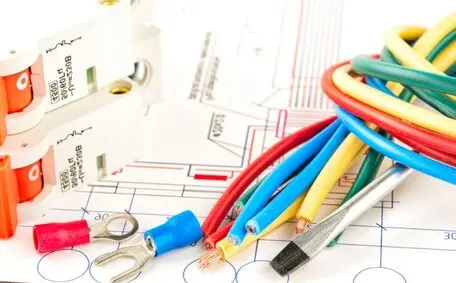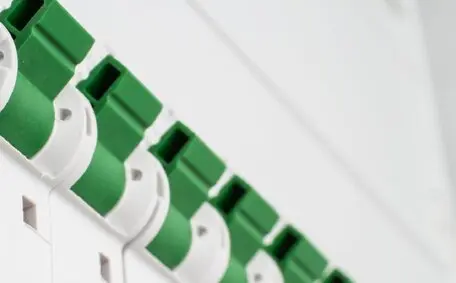Imagine getting ready for your morning cuppa, and as you switch on the kettle, a sharp jolt runs through your arm. You instinctively jump back. It’s a jolting reminder of the possible threats lurking within our home’s electrical systems.
Safety switches are lifesavers disguised as unassuming devices in your switchboard. However, just like any device, safety switches can malfunction over time. A faulty safety switch that fails to trip during an electrical fault is a ticking time bomb. That’s why it’s crucial to be able to identify and address these issues promptly.
This guide will arm you with the know-how to spot signs of a defective safety switch and take action to keep your home safe. While professionals should perform electrical repairs, this guide gives you the confidence to make those initial safe steps.
Warning Signs: A Faulty Safety Switch Could Be Putting You at Risk
![2024 06 Testing Circuits With Safety Switches Testing Circuits Safety Switches]()
Safety switches, also known as residual current devices (RCDs), are crucial electrical safety components in homes and buildings. They act as silent guardians, constantly monitoring electrical flow and tripping the circuit in milliseconds if a current leak is detected. This quick disconnect helps prevent serious electrical shocks and potential fires. However, like any other device, safety switches can malfunction. Here’s how to identify signs of a faulty safety switch and why you shouldn’t ignore them:
Red Flags: When Your Safety Switch Behaves Abnormally
Frequent Tripping (more than once a month without a clear cause)
This is a strong indicator that something is amiss in your electrical system. A properly functioning safety switch shouldn’t trip frequently unless there’s a persistent issue. This could be due to:
- Earth Leakage: A current unintentionally straying from its intended path and flowing to the ground (earth) can trigger the safety switch. This might be caused by damaged wiring insulation or faulty appliances.
- Overloaded Circuit: Connecting too many appliances to a single circuit can overload it, causing the safety switch to trip to prevent overheating and potential fire hazards.
- Faulty Appliance: A malfunctioning appliance with internal leakage could be the culprit behind frequent tripping.
Difficulty Resetting the Switch
If the safety switch trips and you struggle to reset it, it’s a clear sign of a potential internal malfunction. A properly functioning safety switch should reset easily once the fault is rectified. Difficulty resetting suggests the switch itself may be damaged and needs attention.
Inconsistent Operation of the Test Button
Most safety switches come with a test button specifically designed to simulate a small current leak. Regularly pressing this button ensures the switch is functioning correctly. If the test button produces inconsistent results, tripping sometimes and not others, it points towards a faulty internal mechanism within the safety switch.
Physical Damage to the Switch Itself
Keep an eye out for any physical signs of damage on the safety switch itself, such as cracks in the casing, scorch marks around the terminals, or loose connections. These could be caused by:
- Exposure to Moisture: Moisture ingress can damage the switch’s internal components, leading to malfunctions.
- Overloading: Similar to frequent tripping, visible damage like scorch marks can indicate the switch has been overloaded for extended periods.
- Wear and Tear: Over time, safety switches, like any other electrical component, can experience wear and tear, increasing the likelihood of failure.
Think of these signs as a wake-up call—ignoring a faulty safety switch is like leaving your door wide open. Spot any of these warnings? Call in the pros immediately. A qualified electrician can pinpoint the issue, suggest solutions, and keep your electrics safely up and running. Remember, having a working safety switch could mean the difference between a mere nuisance and a serious hazard.
Identifying the Culprit: Isolate Before You Fix
Why Isolate?
Before you go all in on repairs, it’s crucial to pinpoint the problem. Picture a house where lights flicker—is it just one bad bulb, a loose wire, or maybe something more serious with the wiring?
Without isolating the problem, attempts at fixing everything could be time-consuming, ineffective, and potentially dangerous. Similarly, with a faulty safety switch, isolating the culprit – the specific circuit or appliance causing the trip – helps target the exact source and ensures a safe and efficient repair.
Steps to Identify the Culprit
- Safety First: Electricity is no joke. Always turn off the power at the main switchboard before attempting any electrical work. Locate the switchboard, typically found near the meter box, and identify the main switch. Flip it to the "Off" position to cut all power to the house. Double-check with a voltage tester to confirm no electricity is flowing before proceeding.
- Testing Individual Circuits: Now that the power is off, we can use the circuit breakers in the switchboard to isolate specific circuits. Each breaker controls a designated area of your house (e.g., kitchen outlets, bathroom lights). Systematically turn each breaker back on one at a time. If the safety switch trips when a particular breaker is turned on, you’ve narrowed down the culprit to that circuit.
- Isolating Appliances: With the problematic circuit identified, head to the corresponding outlets and unplug all appliances connected to them. This eliminates the possibility of a single faulty device tripping the safety switch.
- Process of Elimination: Here comes the detective work. Plug each appliance back into an outlet on the isolated circuit, one by one. Turn on the appliance only after it’s fully plugged in. If the safety switch trips after reconnecting a specific appliance, you’ve found the culprit!
Remember: If you’re uncomfortable with electrical work, especially troubleshooting a safety switch, it’s always best to consult a qualified electrician. Their expertise can ensure a safe and proper diagnosis and repair.
What to Do If It’s a Faulty Appliance
Don’t gamble with a dodgy appliance. Electrical repairs can be tricky and downright dangerous. The smart move? Call in a licensed electrician. They’ll pinpoint the trouble, try to fix the appliance, or suggest a safe replacement so everything runs like clockwork.
In the meantime, take precautions with the faulty appliance. Unplug it completely from the outlet to prevent any accidental power surges. Avoid using the appliance with a damaged cord, as this could create a fire risk. Finally, keep the appliance away from water sources to prevent electrical shorts.
What to Do If It’s a Wiring Issue
![2024 06 Outlet With Safety Switch Outlet Safety Switch]()
Dealing with electrical wiring issues yourself is never recommended. Faulty wiring poses serious risks like electrical fires and shock, and attempting repairs without proper training can be dangerous.
If you suspect a wiring issue, the best course of action is to contact a licensed electrician immediately. They have the expertise to diagnose the problem safely and recommend the necessary repairs to bring your electrical system up to code. Don’t hesitate to prioritise the safety of your home and call in a professional for any electrical concerns.
Safety Switch Maintenance and Testing: Keeping You Safe
Regular testing of your safety switches is vital to ensure they function properly when needed. Here’s a quick guide on how to maintain and test these crucial safety devices:
Testing Regularly (Every 3 Months)
Performing regular tests, ideally, every 3 months, guarantees your safety switches are in top condition. This simple procedure helps identify any potential issues before they arise.
Testing the Safety Switch
- Locate the designated test button on the safety switch. It’s usually easily identifiable and labelled for clarity.
- Press and hold the test button firmly. You should feel a click mechanism engage.
Successful Test Outcome
During a successful test, expect two things:
- An audible click from the safety switch indicated the internal mechanism functioned correctly.
- An immediate power outage in the circuit protected by the switch. This confirms the switch disconnected power as intended.
Remember: Replace When Needed
Safety switches, like any other electrical device, have a limited lifespan, typically around 10-15 years. To maintain optimal protection, it’s crucial to replace your safety switches when they reach their recommended lifespan. This ensures your safety and avoids the risk of malfunctioning switches during a critical situation.
Bright Force Electrical: Keeping You Safe, One Switch at a Time
By following these steps, you can help ensure your home or workplace is equipped with the proper safeguards against electrical hazards.
If you want peace of mind, consider teaming up with trusted pros like Bright Force Electrical. We’re leaders in safety switch services in your area, specialising in inspections, testing, and installation. Our skilled electricians ensure your safety switches work perfectly, keeping you and your family safe.
Contact Bright Force Electrical today for a professional consultation. We are committed to your electrical safety and will work diligently to bring your home or business up to code. Let us help you achieve peace of mind knowing your electrical system is functioning safely and efficiently.
